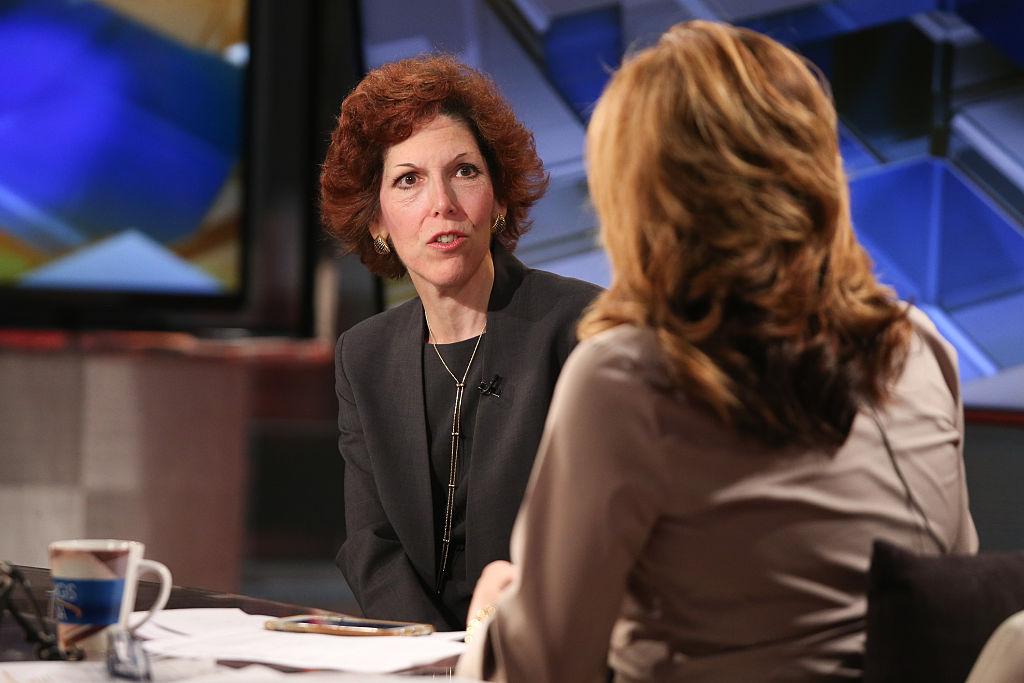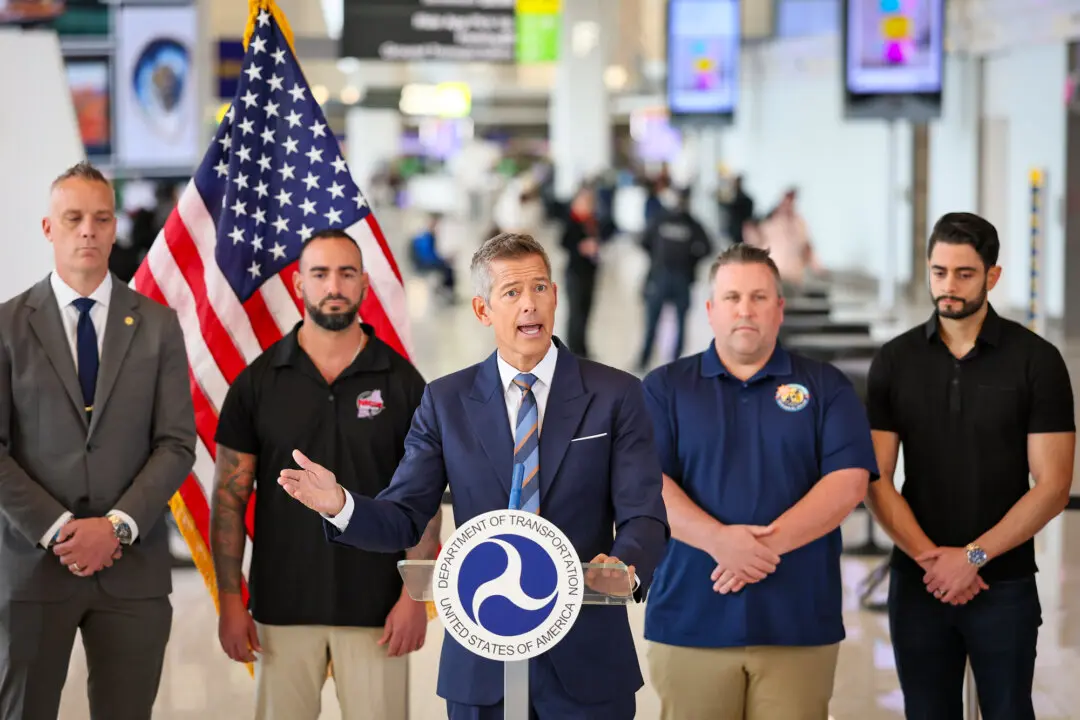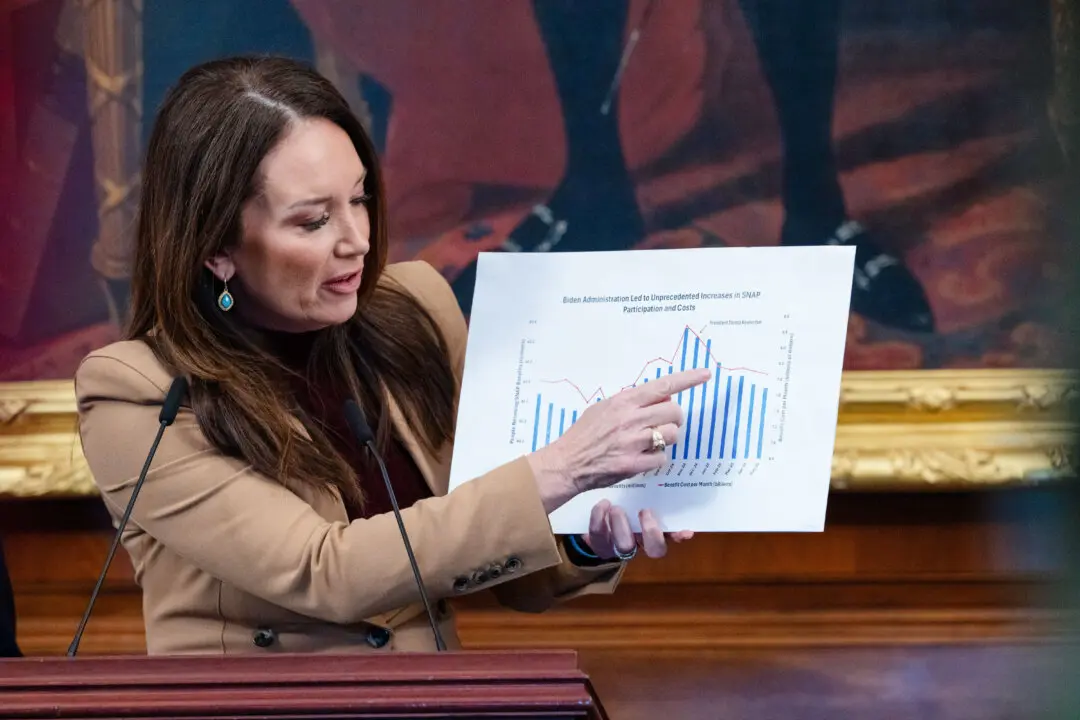Cleveland Federal Reserve Bank President Loretta Mester recently said that she can’t rule out the possibility of a 75-basis-point interest rate hike by the Federal Reserve, depending on where inflation is heading.
“We don’t rule out 75 forever, right? The cadence we’re going now seems about right to me,” Mester said during a May 10 interview with Bloomberg Television.





